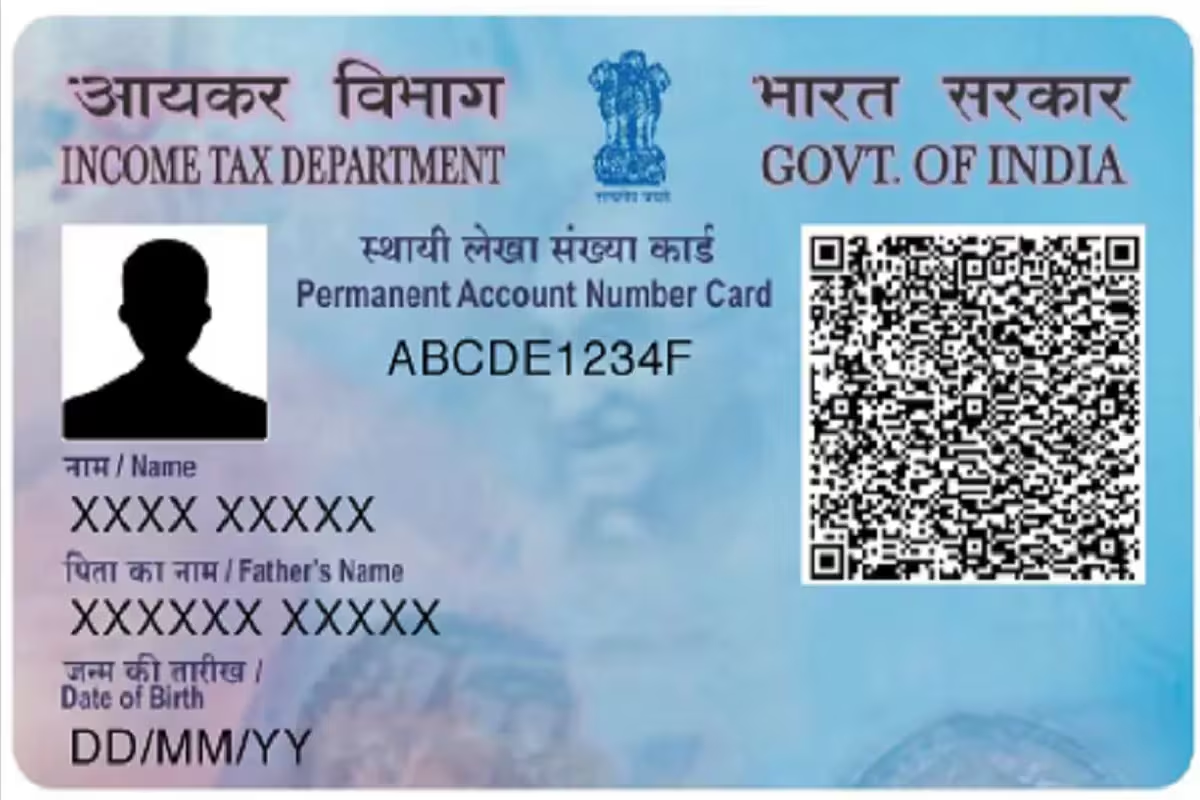The present digital world necessitates that remote teams are rapidly becoming the norm and not the exception. With the rise of telecommuting, globalisation, and the need for flexibility, a good number of organisations have adopted remote work to attract and retain top talent from all over the world. Although this change has brought many advantages along with it, it has also created some specific problems in maintaining team morale and making people feel part of the organisation. One of the most poignant moments in a team’s life cycle is saying goodbyes, and doing so in an appropriate manner becomes very important. In this regard, virtual farewell cards offer the perfect way for remote teams to bid farewell to colleagues. Here’s why virtual farewell cards are perfect for remote teams.
Traditions of Farewell Evolution
Farewell cards and parties are time-honoured office traditions. When someone leaves, colleagues round up to sign a card and spend time sharing some stories about the person who is leaving. Of course, all that changed with remote work. There’s no physical way to sign a card anymore, and sometimes virtual meetings can feel a little impersonal. Virtual farewell cards are the modern evolution of a classic tradition, providing a meaningful way for remote teams to still be involved in saying goodbye.
Benefits of Virtual Farewell Cards
1. Accessibility and Convenience
The most noteworthy advantage of virtual farewell cards is their accessibility. The workmanship in the card can be contributed to by any member of the team, sitting anywhere in the world, at any time. This flexibility is especially useful when team members are working across different time zones. No one feels left out because of geographical or time problems, and thus gets a chance to voice his feelings.
2. Inclusion
By definition, a virtual farewell card is inclusive. With a physical card, it can simply bypass remote workers while being passed in the office. Virtual cards make it easy to get every single employee’s signature. Such inclusion aids in generating a feeling of belonging and community for remote workers.
3. Personalized and Creative
Most of the digital options for virtual farewell cards are full of varieties for personalization. Team members can attach personal messages, images, GIFs, and even videos. All this makes the expression of thanks and good wishes more creative and full of feelings. Unlike physical cards, where space is limited, there is space in such virtual cards wherein everybody can share their thoughts and memories.
4. Environmentally Friendly
Virtual farewell cards are the perfect way to take the place of traditional paper cards in a world that is surging forward toward sustainability. By using less paper and eliminating physical shipping, the organization can reduce their ecological footprint, bringing them closer to the core of more comprehensive corporate social responsibility goals.
5. Cost-Effective
Virtually all virtual farewell cards cost less than the physical varieties. There are no printing or postage costs involved, while some online solutions are free or low in terms of price. For companies looking to cut expenses during tenuous economic times, virtual cards send love without crimping the bottom line.
How Virtual Farewell Cards Improve the Dynamic of Remote Teams
1. Building Relationships
Sometimes, working remotely may give us a feeling of isolation and disconnection. The virtual farewell card is such a way to bring about team bonding, getting colleagues to reflect on the shared experiences and express thanks. This practice not only benefits the departing employee but also strengthens a culture of gratitude and recognition within the team.
2. Preserving Memories
Virtual farewell cards are a form of electronic memory keeper that the departing employee can carry with them. A physical card risks getting lost or even damaged, unlike the virtual ones, which are easily stored and viewed. This lasting memento may offer solace and great memories, thereby helping the erstwhile colleague feel close to his or her old team.
3. Encouraging Participation
Virtual farewell cards can ensure more participation from more members of the team. A few staff members may be diffident or hesitant to express their emotions face-to-face or over a video call. Digital cards will give them a chance to express themselves in a more convenient and reflective way, making the responses both authentic and more inclusive.
4. Smooth Transition
When someone leaves, there should be a smooth transition for others. A virtual farewell card can contribute to this process by providing structured goodbyes and giving everyone the opportunity to acknowledge the change. This would help a lot in systematically processing the emotions and laying a good foundation for the transition period.
Best Practices to Implement Virtual Farewell Cards
1. Choose the Right Platform
First, choosing the correct platform to create and share a virtual farewell card is of essence. There are many online tools with varying features. Look for places that provide ease of use, a character of customizable options, and, finally, an effortless way of sharing the final card with the team.
2. Set a Deadline
Allow for Submissions Optionally set up an easily viewable due date so that all know when to submit their contributions. Announce it in advance and issue reminders as the date draws near. The approach avoids hectic last-minute activity and rather has a comprehensive card with equal participation from all members into it.
3. Encourage Creativity
Let the team members be creative about the messages or their contributions. Provide examples or give any kind of suggestions that may help those who don’t know what to write. Let them also understand that more personalized touches, including inside jokes, shared memories, and heartfelt personal messages, truly count.
4. Share the Card in a Meaningful Way
Share it in some form once the virtual farewell card is ready. This could be during a virtual farewell party, a team meeting, or by email with a meaningful note attached. You may want to match it up with other farewell gestures like a video montage or a group call wherein everybody will air their well-wishes in person.
Conclusion
In cases of saying goodbye to colleagues, virtual farewell cards are the most ideal solution in any situation for remote teams. From being more accessible and inclusive to use, allowing personalization and being more environmentally friendly and cost-effective, the benefits are many. Not only do virtual farewell cards do all of the above, but they also improve team bonding, preserve memories, foster participation, and realize smooth transitions. Make remote goodbyes as warm and inclusive as the traditional ones in creating a supportive and connected environment for remote workers by putting best practices into place.
Internal link – ragdi





